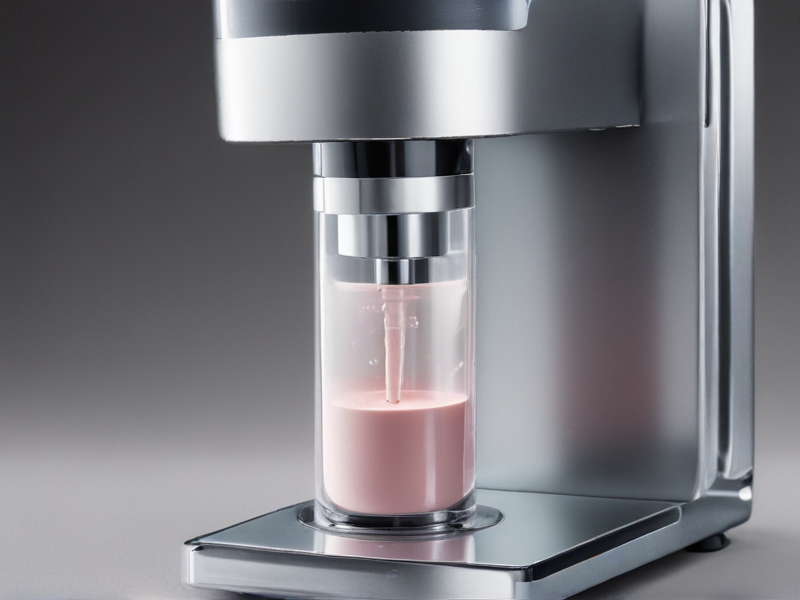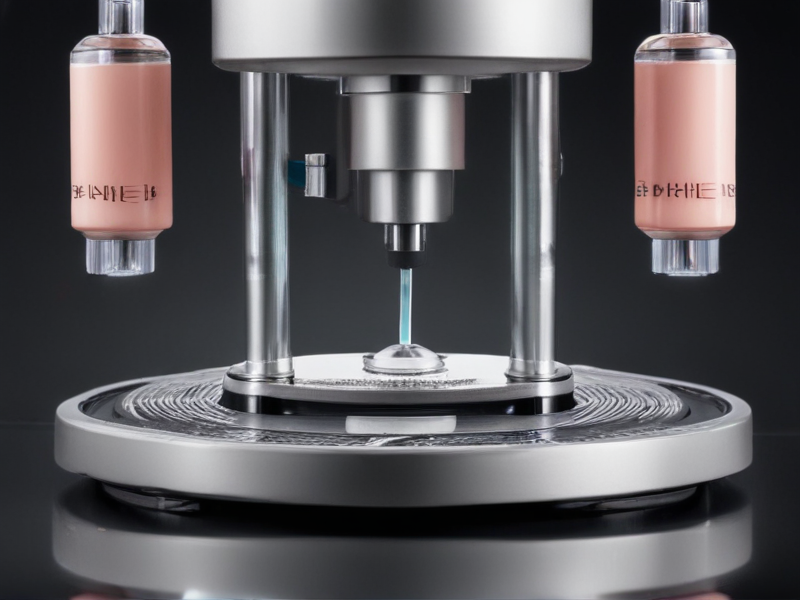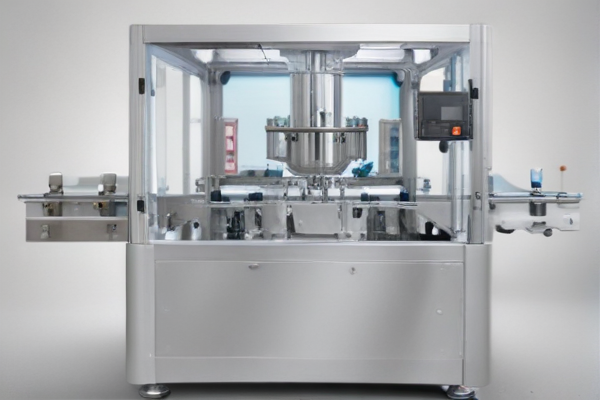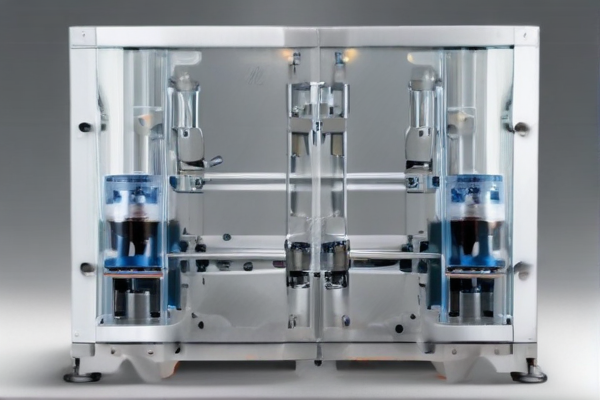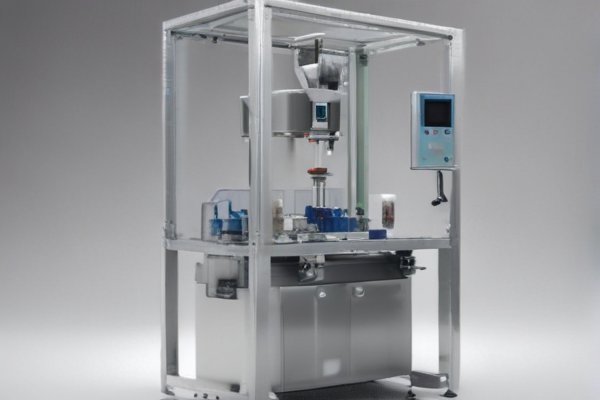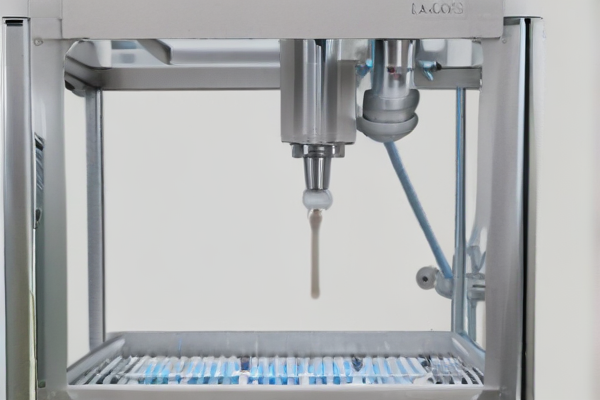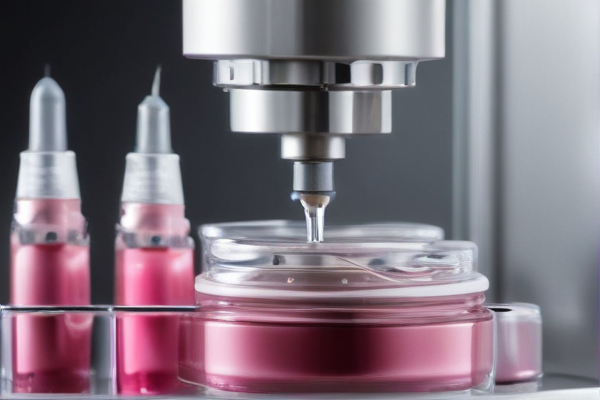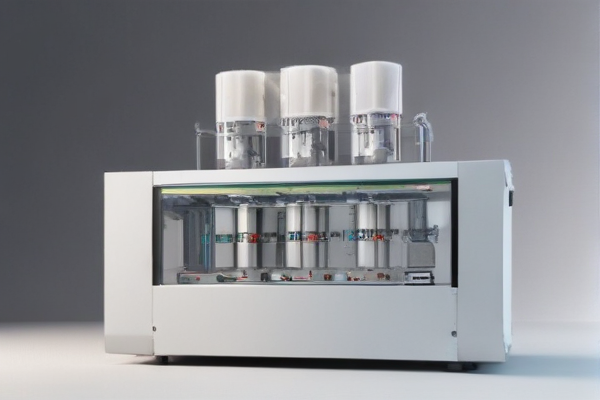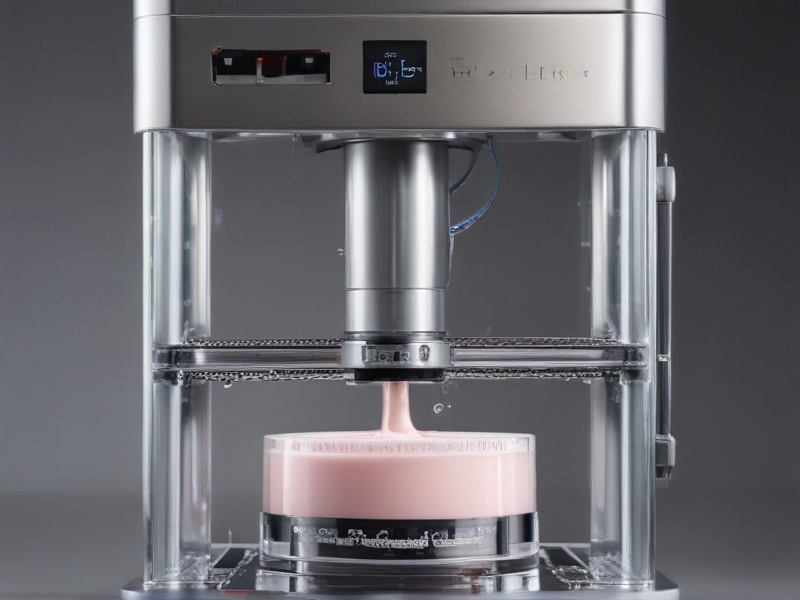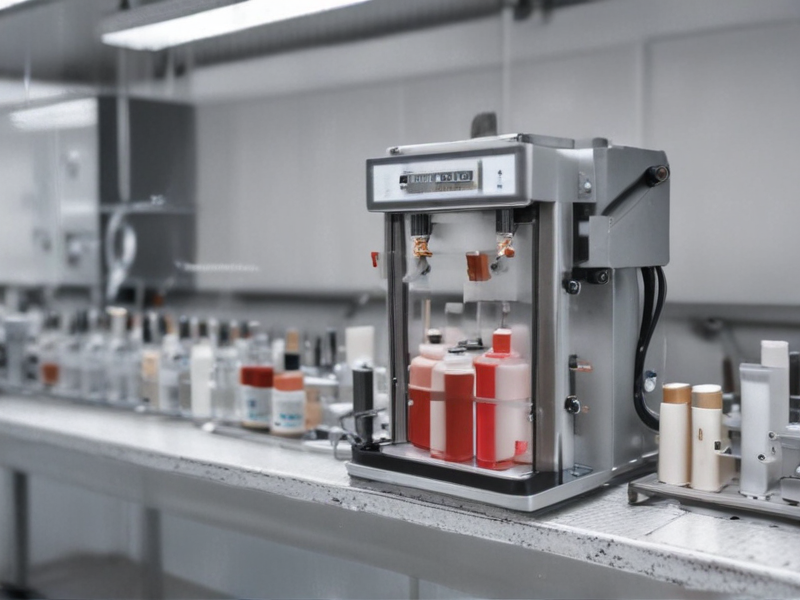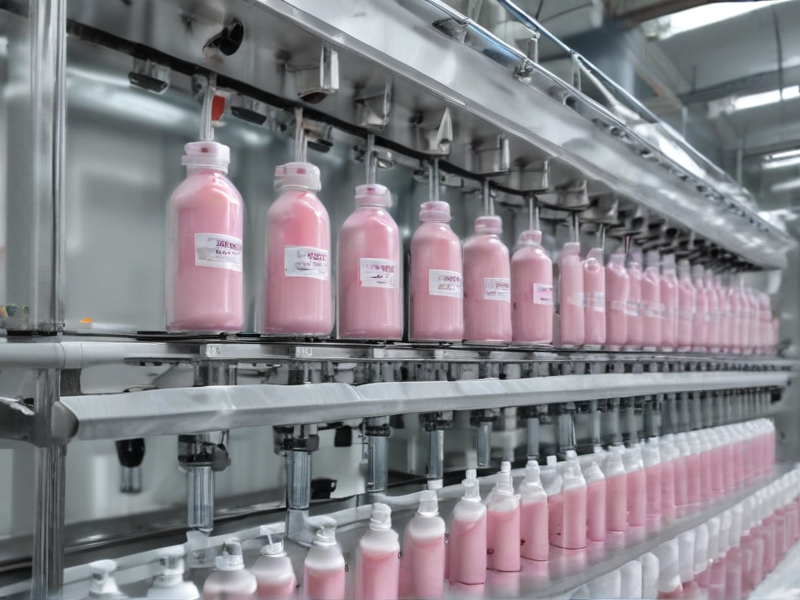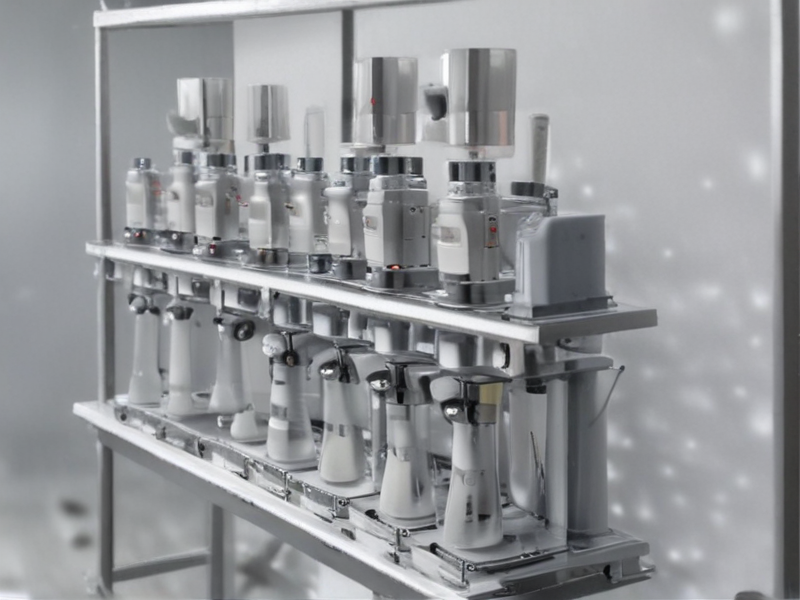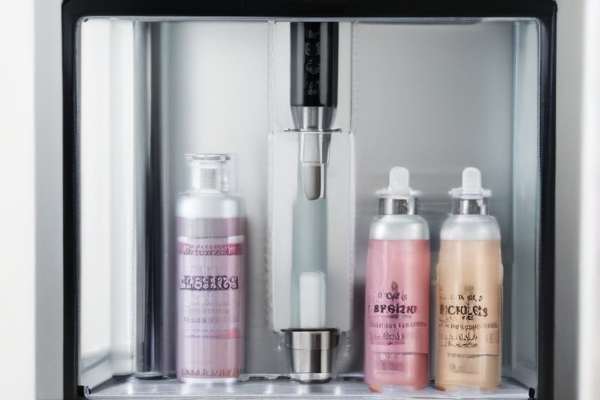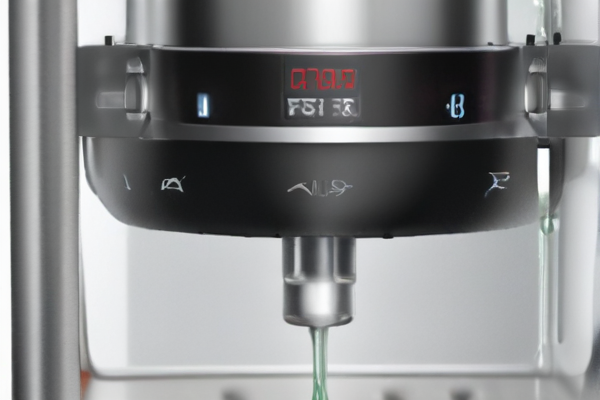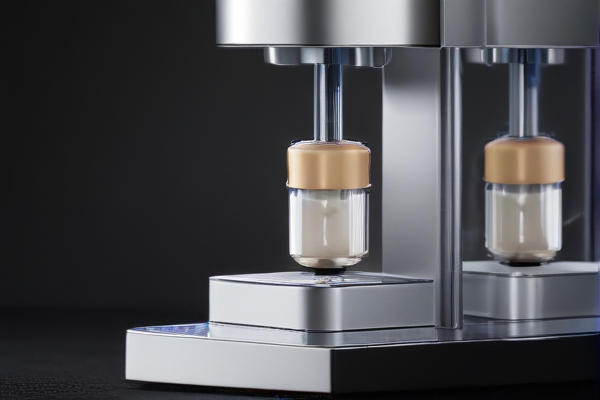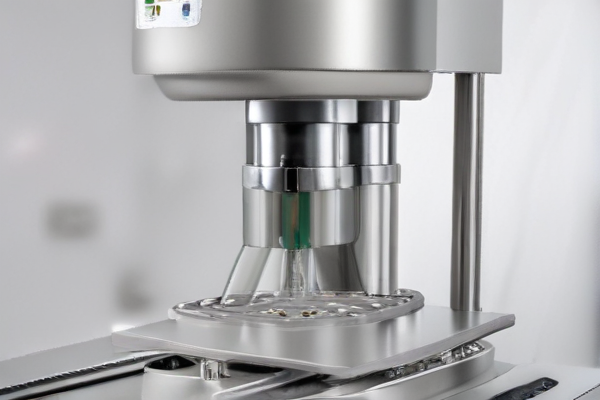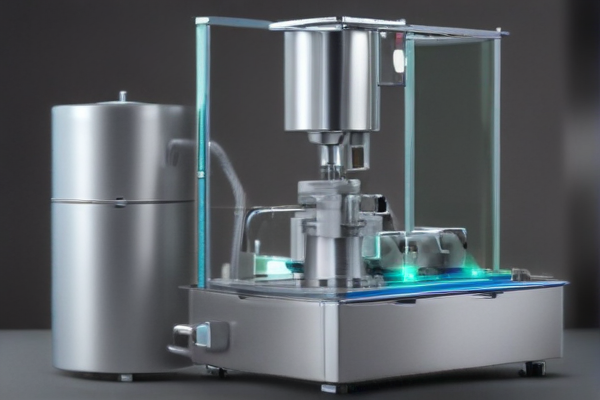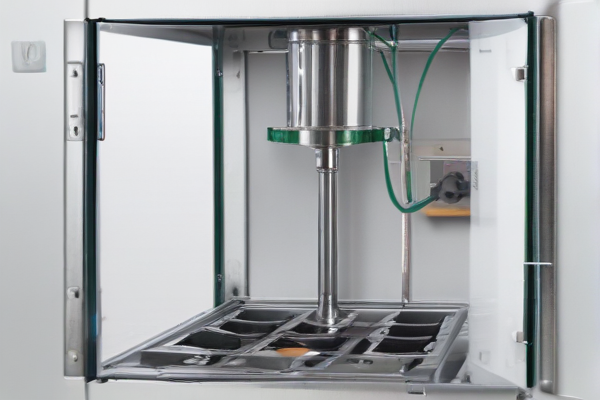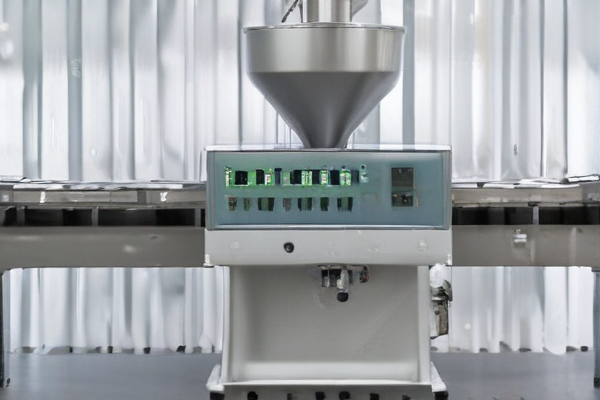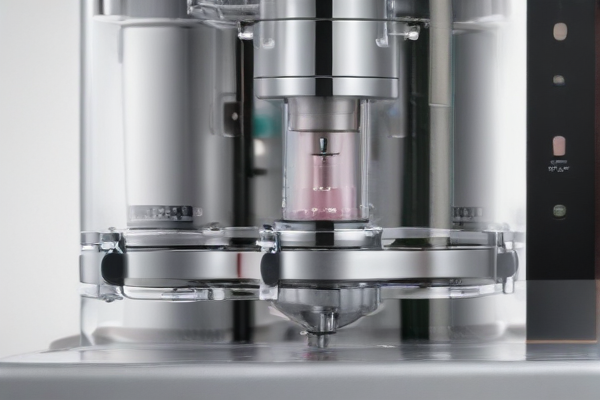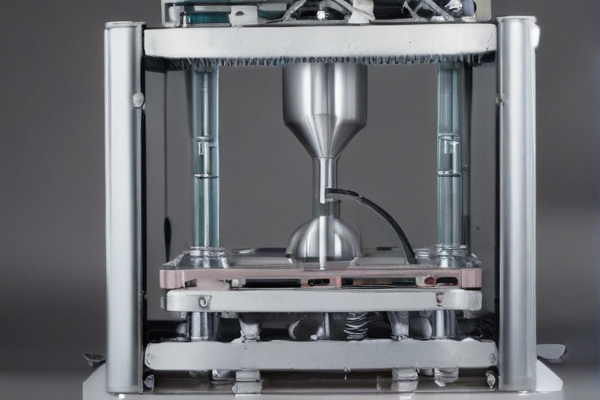Cosmetics filling machines are essential for accurately dispensing products into containers. They vary by function and type, including manual, semi-automatic, and fully-automatic machines, each offering different capabilities for product consistency and efficiency.
– Manual Filling Machines:
– Operator-controlled
– Ideal for small-scale production
– Cost-effective
– Semi-Automatic Filling Machines:
– Operator initiates filling cycle
– Increased throughput compared to manual
– Suitable for mid-sized businesses
– Fully-Automatic Filling Machines:
– Automated filling process
– High-speed, large-scale production
– Consistent fill volumes, minimizing waste
– Piston Fillers:
– Uses a piston to measure product volume
– Ideal for thick, viscous products
– Highly accurate
– Peristaltic Fillers:
– Uses a peristaltic pump to push product through tubing
– Suitable for sensitive or sterile products
– Easy to clean and sterile
– Vacuum Fillers:
– Utilizes vacuum pressure for filling
– Suitable for filling glass bottles
– Ensures precise fill levels
– Overflow Fillers:
– Ensures consistent fill levels
– Ideal for transparent containers
– Good for free-flowing liquids
– Auger Fillers:
– Uses a rotating auger for filling
– Best for powders and granules
– Consistent and accurate filling
– Pump Fillers:
– Uses a pumping mechanism to transfer product
– Suitable for a wide range of viscosities
– Precise dosing for complex formulations
– Inline Filling Systems:
– Larger scale operations
– Multiple containers filled simultaneously
– High efficiency and speed
– Rotary Filling Systems:
– Containers filled in a rotating sequence
– Continuous operation

